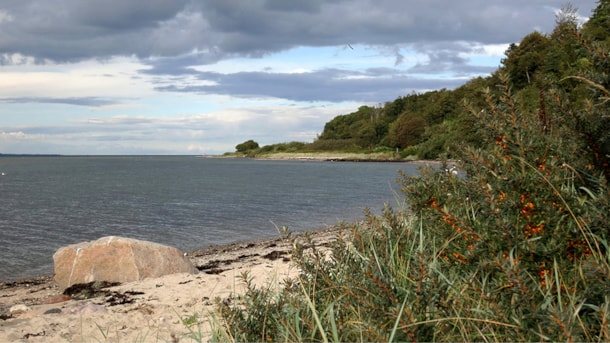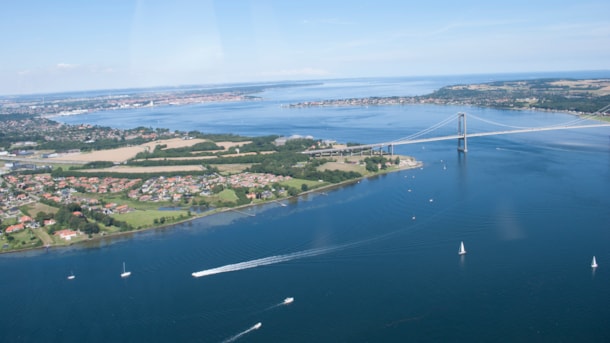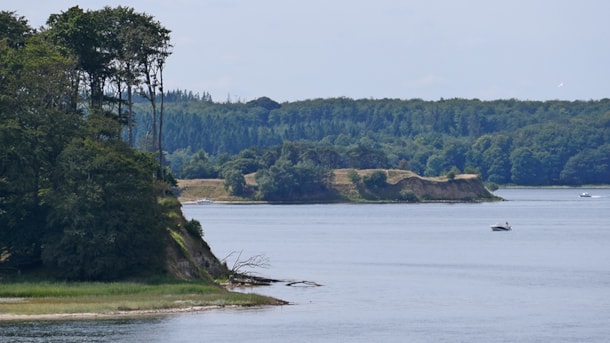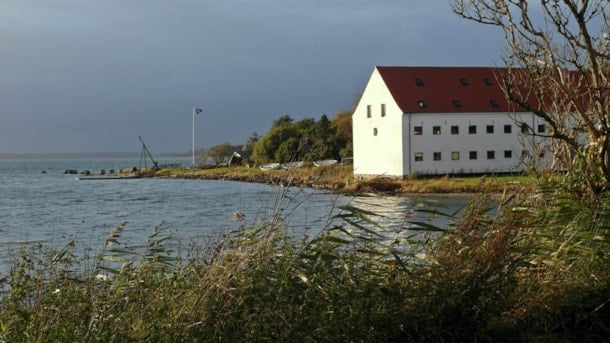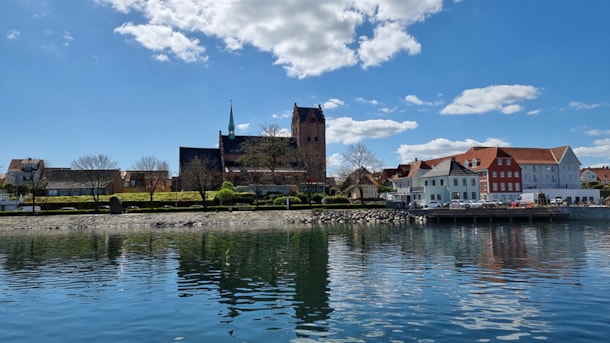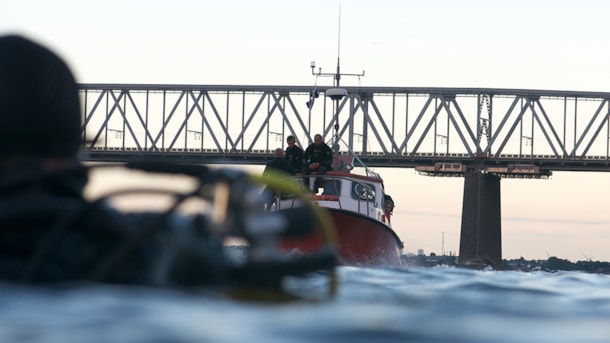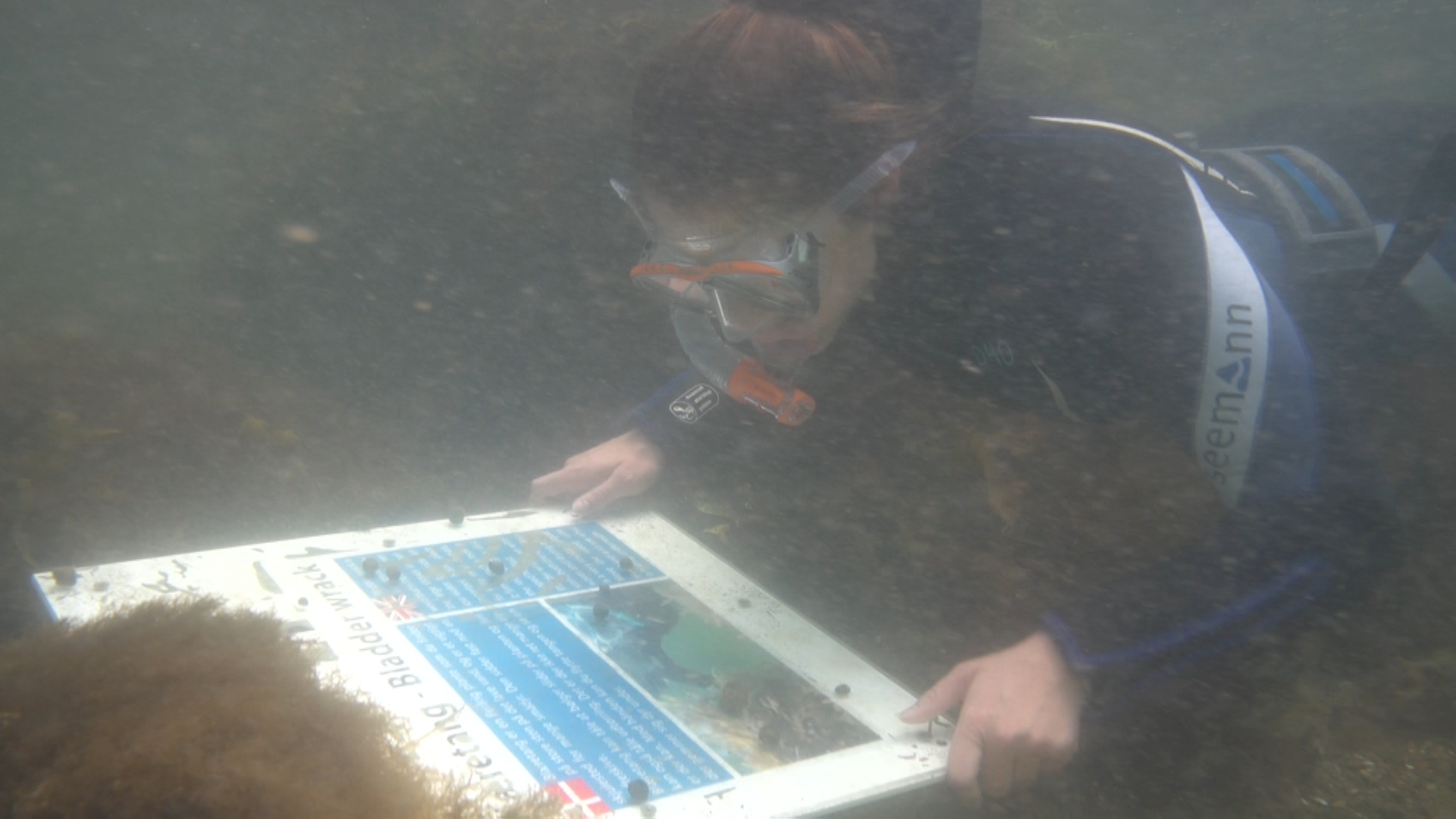Learning about Nature
There is ample opportunity to get close to nature and experience it in new ways.
Middelfart's 117 km of coastline stretches from Wedellsborg Hoved to the south and the beach at Varbjerg Strand to the north. The meandering landscape has significant traces of its Ice Age past.
The winding Little Belt in all its natural beauty was formed by glaciers as they advanced northwards and southwards.
More than 20,000 years ago, ice pushed its way through the Kattegat towards the Little Belt. A few thousand years later, ice pushed its way from the south from the Baltic Sea towards Middelfart and across the Fønshav Peninsula. The scenic winding contours we now know that you can experience today were shaped by the melting ice glaciers.
Røjle Klint (Cliff)
The cliffs at Røjle Klint to the north-east of Middelfart are up to 45 m in height. The cliff is right next to the Little Belt.
Snævringen in Lillebælt
Hundedybet
Hundedybet
Hundedybet west of Fænø in Lillebælt is one of the deepest waters in Denmark, at 80 Metres depth. Many myths and legends circulate around the water. Some say a treasure is hidden here, but y...
Marens Hul
Marens Hul is located at the bottom of Gamborg Fjord.
Back in the past, the fiord was used to unload timber, bricks and grain. It was a safe place to anchor up due to the depths where boats could dock...
Klokkedybet
Is situated in Lillebælt, app. 100 Metres out , in a right line from Middelfart church. Try and go out there, let the boat lie completely still, then you might hear the low chiming of a church bell.
T...
Boulder Reef at Dykkerklubben Marsvinet
The stone reef consists of 1,000 tons of stone, and is set around the underwater life in Lillebælt (the Little Belt). The reef is located right at the diving club Marsvinet-Lillebælt, at Ceramics Muse...
Snorkel trail in Middelfart
Underwater adventure - Jump in the water offshore from Grimmermosehuset and experience life beneath the waves.
